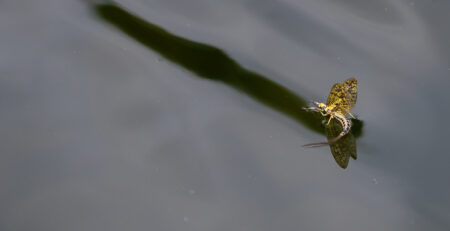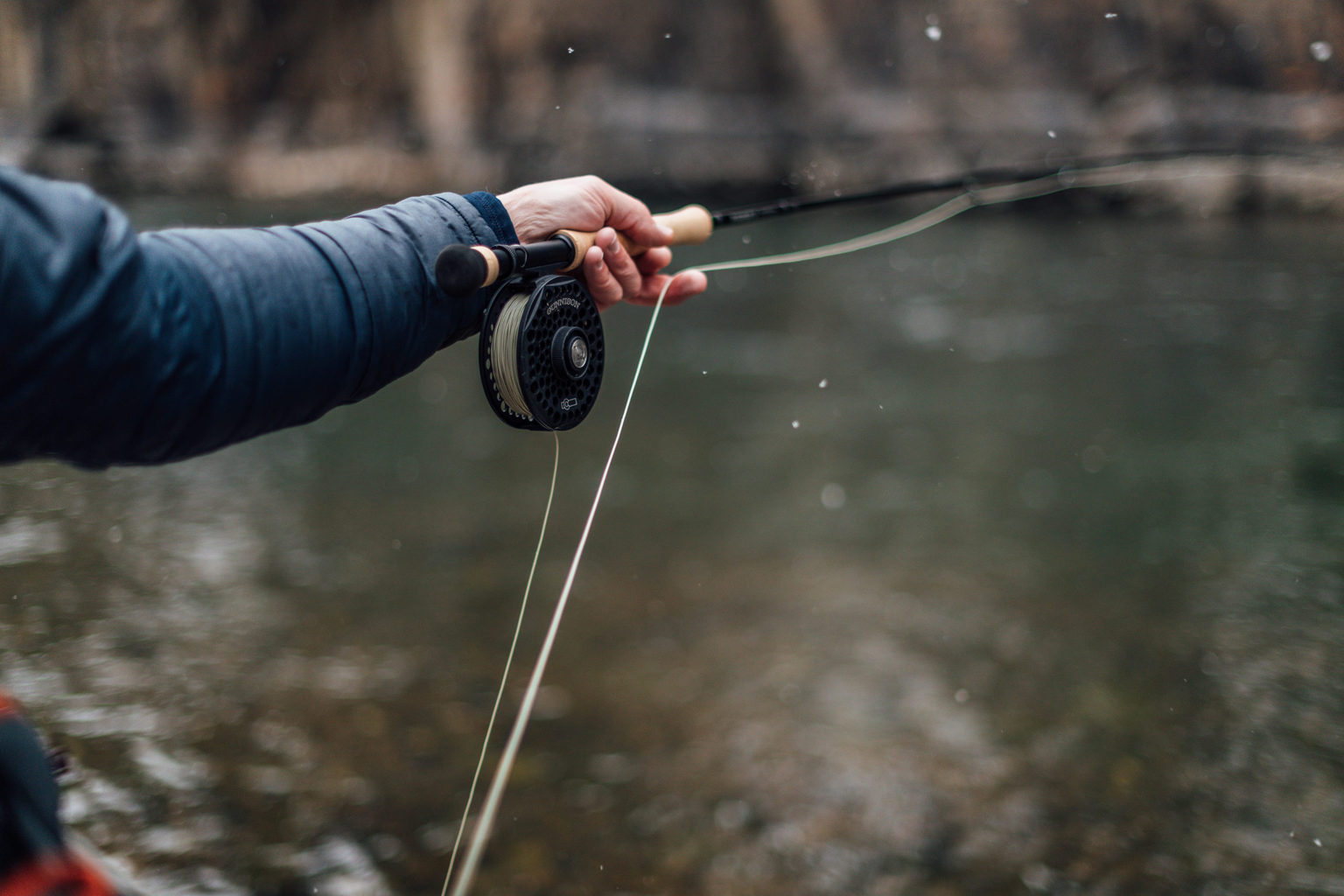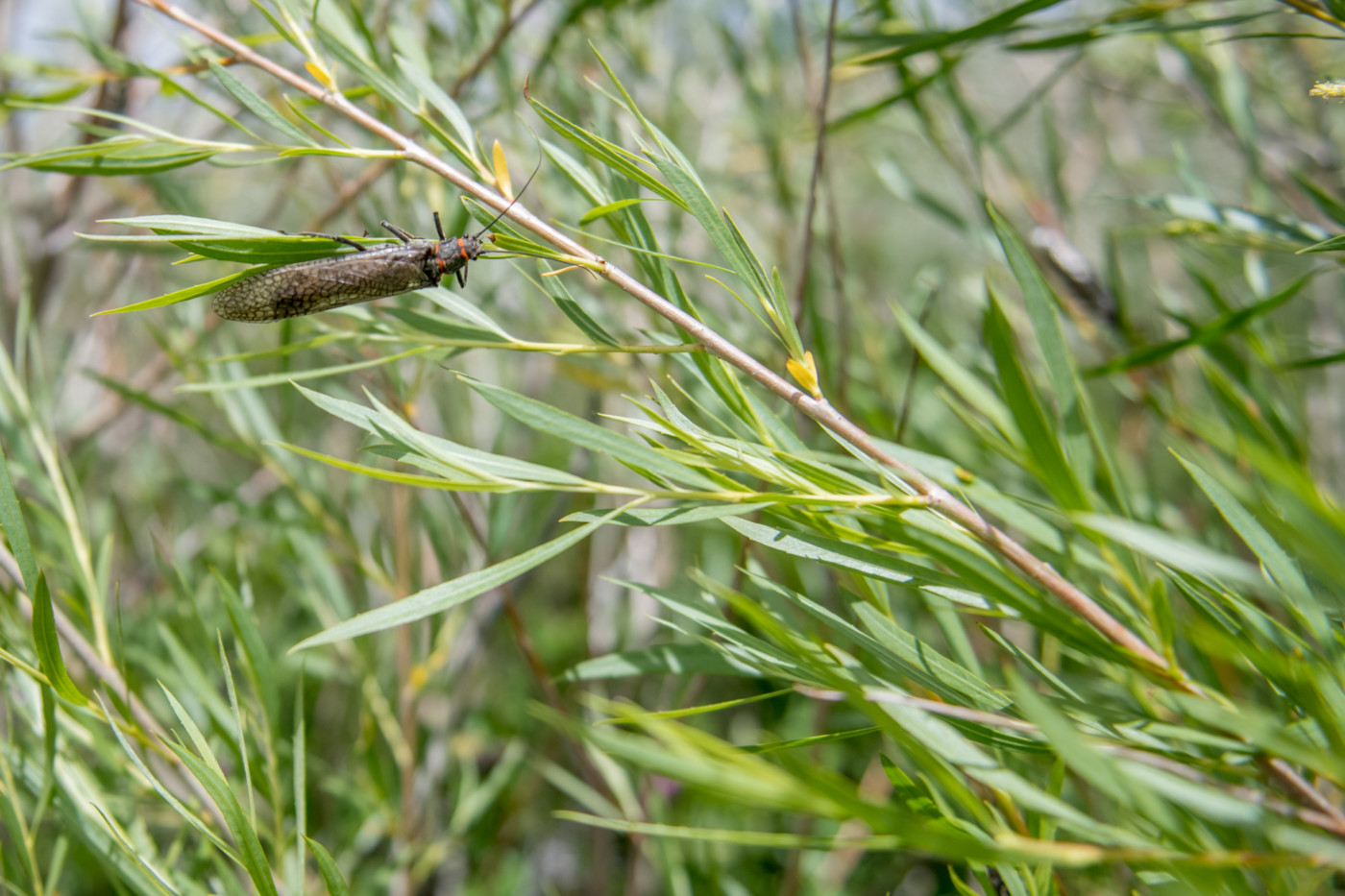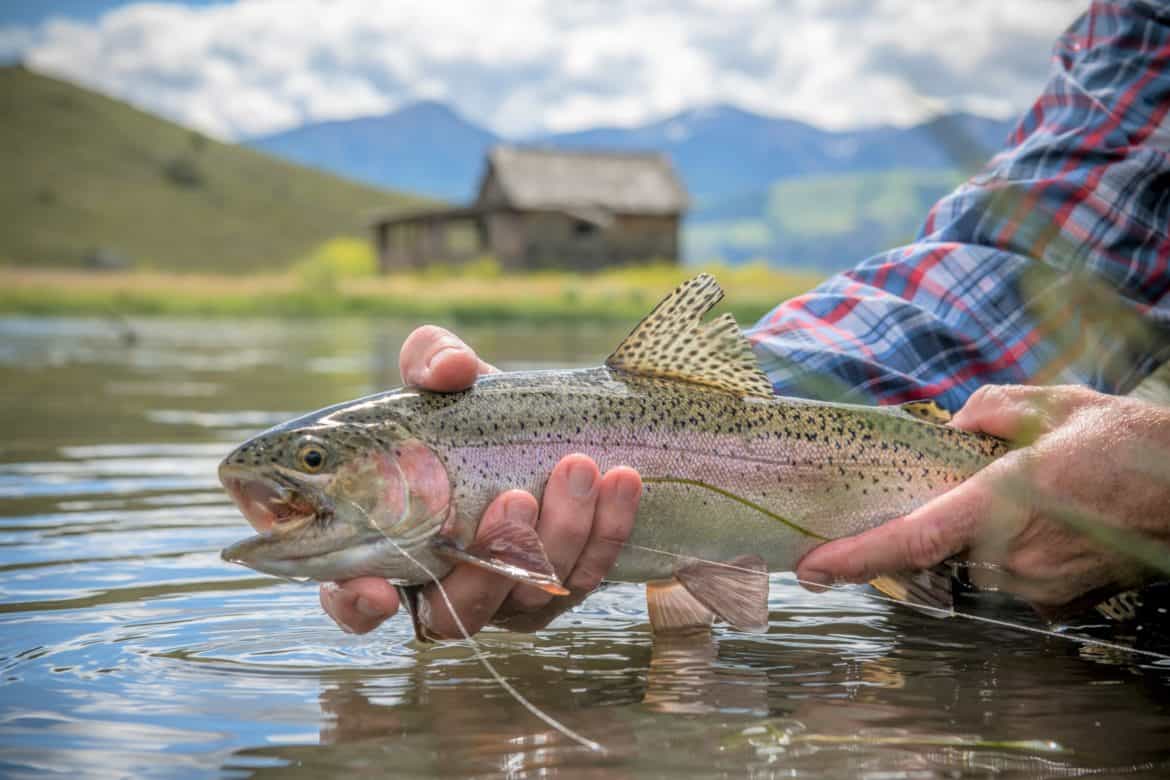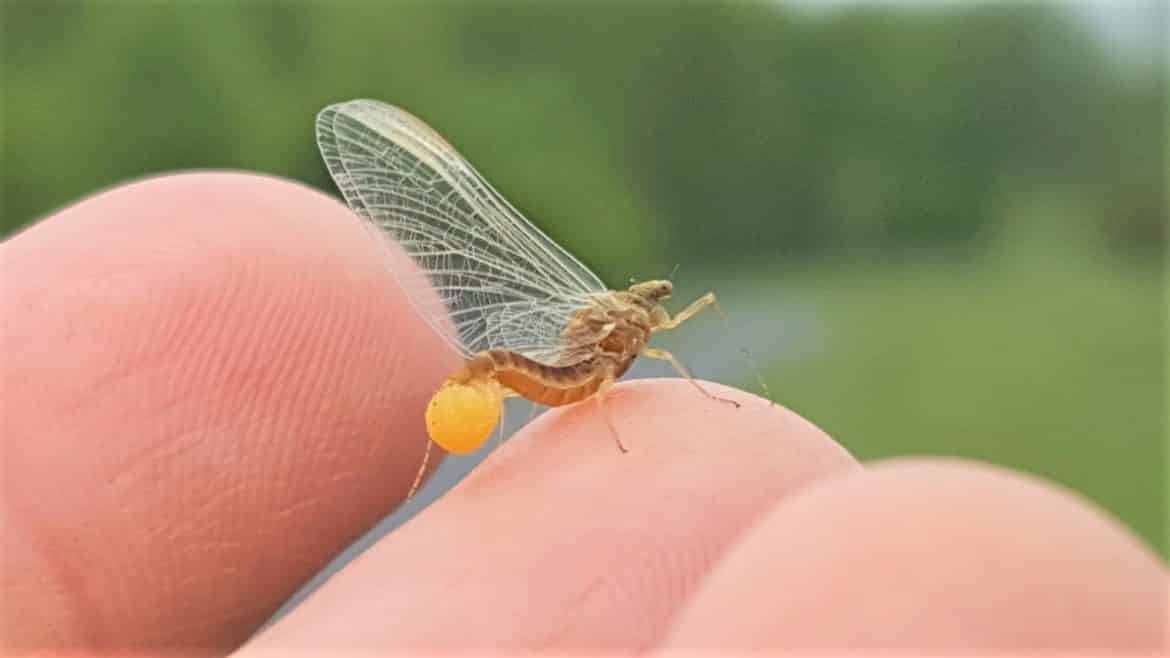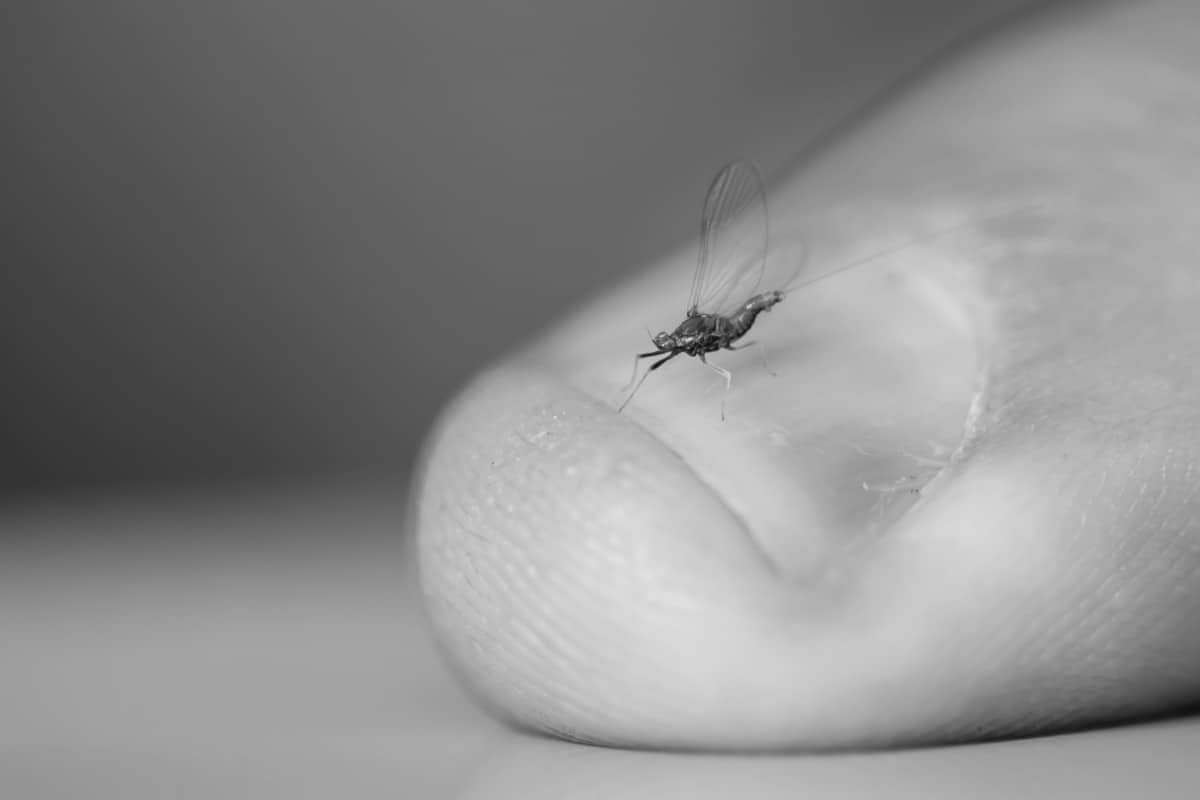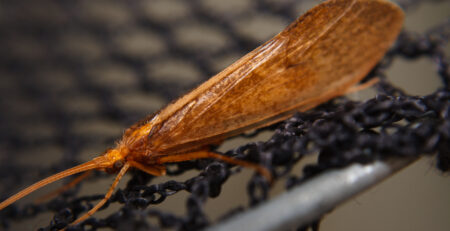Quick Guide To Tippet And What Sizes To Use
Table Of Contents
- What is tippet?
- How do you know what size tippet to get?
- What tippet is best for dry fly fishing?
- Can I use fluorocarbon as a tippet?
- What size tippet should I use for trout?
- Can trout see tippet and leaders?
- Can you fly fish without a tippet?
- How much tippet do I need?
- What is fluoro good for?
What is tippet?
Tippet is a type of fly fishing line that is consistently the same weight, poundage, and diameter throughout the entire line with the purpose of being used in snippets. Every time you change a fly and snip the excess off, you are losing more length on your line – simple concept. After a load of snagging trees, catching fish, and changing flies, your line becomes rather short. An easy way to add more length is to attach a section of fly fishing tippet.
How do you know what size tippet to get?
Knowing what size tippet to pair with your flies is just as important as your fly selection. The thickness of your tippet can make or, quite literally, break the quality of your presentation.
Thicker tippet sizes (0X – 3X) are stiff enough to roll over and cast heavier flies with greater accuracy. Not only that, but bigger flies usually mean larger fish so these thicker tippets will provide higher poundage to avoid losing your personal best catch to a weak knot. Use 3X or thicker tippet for any flies as large or bigger than a size #8. This includes streamers, poppers, and bass bugs or casting to large fish.
I would not recommend using these large sizes for tiny flies simply because their thickness would prevent a natural drift. For example, casting tiny size #20 tricos on a slow-moving pool with a 2X tippet would not be able to dead-drift naturally were a 6X or 7X would shine.
Mid-Range tippets (4X – 5X) are ideal for small streamers and nymphing rigs. These sizes are not ideal for casting big flies and are best suited for flies smaller than #8. It’s not that 4X or 5X is too light of poundage to handle big fish, it’s simply that they may be a little too flimsy for curling heavy streamers easily.
Thinner tippet sizes (6X – 7X) are perfect for small flies and delicate casts. When casting to rising trout requires a soft presentation to avoid spooking them, use these thinner sizes. The fineness of these tippets allows your rigs to drift naturally with the microcurrents and float gently onto the water without disrupting any active feeding.
- 0X – 3X Tippet: Ideal for size #8 and larger flies to catch bigger fish.
- 4X – 5X Tippet: Ideal for smaller streamers and nymphing rigs. Very versatile for size #8 to size #20 flies.
- 6X – 7X Tippet: Ideal for small flies and delicate casts. Recommended for size #12 to size #22 or smaller.
What tippet is best for dry fly fishing?
We’ve found that the ideal tippet size for dry fly fishing is 6X. Typically, we use 5X, 6X, and 7X tippet for dry flies simply because it provides the gentle presentations we need to make soft casts to timid trout and natural-looking dead drifts.
Can I use fluorocarbon as a tippet?
Yes, fluorocarbon can be used as tippet and, actually, is extremely effective within nymphing rigs. We often include fluorocarbon tippet within our nymphing rigs for 3 reasons. One, fluorocarbon is so transparent that when submerged in water it is nearly invisible to the naked eye, which makes it harder for fish to sense whether your flies are natural or not. Two, fluorocarbon is denser than monofilament and offers a faster sink rate making it easier to reach feeding levels. Three, fluorocarbon tippet bruises and damages less under abrasion when smacking up against rocks, thus preventing critical weak points within your nymphing rigs.
What size tippet should I use for trout?
You can any tippet as thick as 0X or as thin as 7X for trout fly fishing. If it fits through the eye of the hook, you can fish it. But, there are certain situations that call for thick tippets and ones where thin tippets are ideal. With that being said, the honest truth is that there are no rules to selecting tippet size so it is largely up to your personal preference.
Here’s a guide guide to selecting your tippet size for trout:
6X – 7X are ideal for soft presentations of dry flies ranging from a size #12 to #22 or smaller hook. The poundage on these tippets is lower and therefore requires a more tactful approach to landing big fish.
4X – 5X are extremely versatile and can be used for anything from small streamers and nymphs to casting all sizes of dry flies. You can easily cast flies ranging from size #8 to size #22. We also recommend using 4X or 5X as your tag ends or trailing sections for multi-fly rigs as they are stiff enough to reduce tangles.
0X – 3X is perfect for slinging heavy streamers or bulky nymphing rigs to hefty trout. These sizes are great for the butt-sections of your custom leaders or re-building an old rig.
Steelhead are a type of trout and require much thicker tippet due to their mass and speed. I would not recommend going any smaller than a 3X tippet for steelhead and only advise using 0X, 1X, 2X, or 3X tippet.
Can trout see tippet and leaders?
The short answer is, yes, trout see tippet and fly leaders. Trout have very good eyesight and can spot the line indentation within the surface and drifting through the water.
The real question is does it truly matter? In certain sections of streams, it does seem to help to use thinner tippet and leader. However, I strongly believe that trout don’t care. I think it comes down to how natural-looking the presentation of your fly is. Thinner leader and tippet move more naturally in the water due to their lack of stiffness, which makes your fly fishing flies drift downstream unimpeded like the real thing.
Can you fly fish without a tippet?
Yes, you can fly fish without tippet, but it would make fly fishing a bit more expensive in the long run.
There are two essentials to fly fishing, fly leaders and tippet. Now, if you’re only limited to using fly fishing leaders then you’ll quickly run through a pack of tapered fly leaders, which can be quite expensive.
All fly leaders are made with a taper from a thick butt section to a thin end. As you snip and tie flies on to the leader, over time the leader will get shorter and closer to the thick butt section. Eventually, the fly leader will get so thick that you won’t be able to tie a fly on. Normally, this is where tippet would be added to rebuild the taper and provide thin enough sections to tie flies on to.
While you can fly fishing without tippet, I would recommend not to out of convenience and to save money.
How much tippet do I need?
Start by using 12-inch to 20-inch sections of tippet for your multi-fly rigs and extending your fly leader. I wouldn’t recommend using over 36-inches of tippet for a single section as this will drastically reduce your casting accuracy.
When it comes to buying tippet as a beginner just starting out, we recommend getting 3 sizes of tippet. Why only 3 sizes? You won’t need the full range of 0X to 7X simply because you will rarely ever use the thicker sizes (1X – 3X), the in-between sizes (4X), and the extremes (0x or 7x).
What is fluoro good for?
Fluoro, or fluorocarbon, is a type of fishing line commonly used as a tippet or made into tapered fly leaders. Fluoro is good for nymphing rigs and fly fishing streamers.
It has unique characteristics that make it perfect for sinking flies. For example, fluorocarbon is so transparent that it is practically invisible to the naked eye underwater, which makes it more difficult for fish to see the line. Additionally, its density gives it a faster sink rate than most monofilament lines so your nymphs and streamers dive to feeding levels faster.
Fly Fishing Made Easy 👍
Our Quarterly Fly Club ships 1,000’s of flies to anglers all across the United States. Receive curated fly assortments selected for the season with in-depth articles on how to fish them. Great for beginners to learn and for intermediates to discover new flies.



